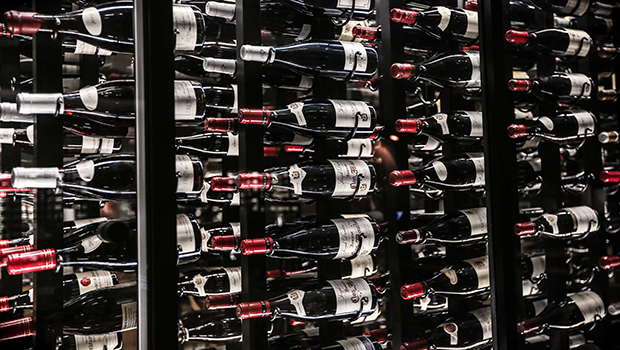The great tomato shortage of 2021 as a result of heavy rainfall left grocery shelves barren of the salad staple. The tomato tumult was a lesson in fruit varietals. The shortage of the familiar table tomatoes introduced tomato consumers to Roma tomato and other, less familiar tomato varietals.
A varietal is a type of fruit. There are thought to be over 10,000 grape varieties in the world, according to Masterclass. Edmund Terblanche, cellar master at La Motte, says: “Some varieties are so popular, they are like brands in and of themselves.”
According to the SA Wine Industry and Information Systems’ (SAWIS) report on the Status of Wine-grape Vines as at 31 December 2020, the 10 most-planted cultivars by hectare were chenin blanc (17,148ha), colombar (10,507ha), cabernet sauvignon (9,920ha), sauvignon blanc (9,831ha), shiraz/syrah (9,151ha), chardonnay (6,587ha), pinotage (6,637ha), merlot (5,387ha), ruby cabernet (1,943ha) and cinsaut/cinsault (1,701ha). Agriculture aside, there are other cultivars that make up the total surface area of South African vineyard plantings.
Are your tastebuds ready to explore something new? Try one of these cultivars.
1. Gewürztraminer
Gewürztraminer may have dwindled in hectarage but not in singularity. In 2020, gewürztraminer plantings diminished to 91.23ha. Around 42ha are planted in Stellenbosch, some of which were introduced to the slopes of the Simonsberg in the 1960s.
Originally from Alsace, in Eastern France, the hard-to-pronounce grape is popular in Germany. The alluring, litchi aroma is immediately recognisable in the glass. This acidic, pale, lemon-coloured wine comes from grapes with pink-red skins.
Try: Delheim Gewurtztraminer 2020 (R170)
Pair it with: Pork belly for maximum satisfaction
2. Riesling
Riesling has a slightly sweet character that is paralleled with fine acid, which can often result in an off-dry effect.
Originally from Germany’s Rhine region, riesling is also called Rheinriesling or Johannisberger. Some of Riesling’s most notable characters are lime, apple and wax.
Pair it with: Peri-peri chicken livers and samp
3. Viognier
Viognier is a green grape that is thought to have originated in Croatia or France. In the French Rhône region, viognier is often used in blends. Edmund says that in France, viognier is often planted in the same vineyard as syrah. The red and white grapes make an intriguing blend, as is evidenced by Pierneef La Motte Syrah Viognier. With a pretty floral and stone fruit nose, viognier is an inviting wine.
Try: Flagstone Word of Mouth Viognier 2019 (R120)
Pair it with: Thai red curry
4. Colombar
Colombar or colombard is popularly used in the production of brandy and spirits. With a distinct flowery nose, colombar often results in golden wine. Originally from Western France, colombar owes its parentage to chenin blanc and gouais blanc.
Pair it with: Duck liver pâté and focaccia
5. Grenache noir
Grenache noir, or garnacha, is thought to have originated in Spain. The grape thrives in hot, dry conditions – which are abundant in South Africa.
With white pepper on the nose and a flavour profile that includes red fruit and leather, the grape results in deep, red wine. Part of one of the world’s most-famous villages, grenache accounts for over 75% of the yield in Chateauneuf-du-Pape, in Southern France.
Try: Oldenberg Grenache Noir 2018 (R280)
Pair it with: Slow-roasted oxtail and ledombolo

